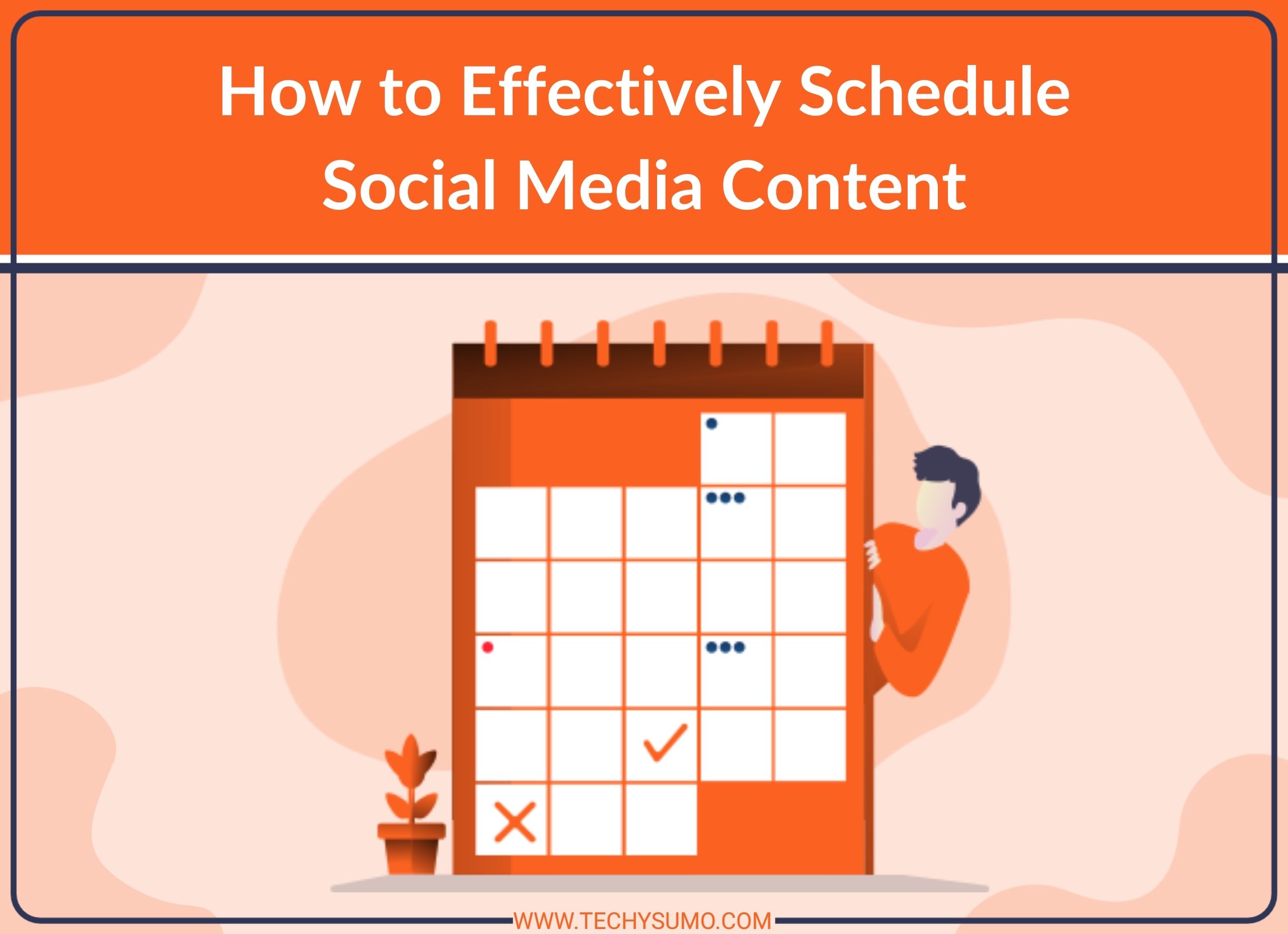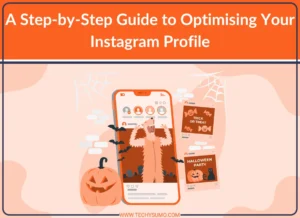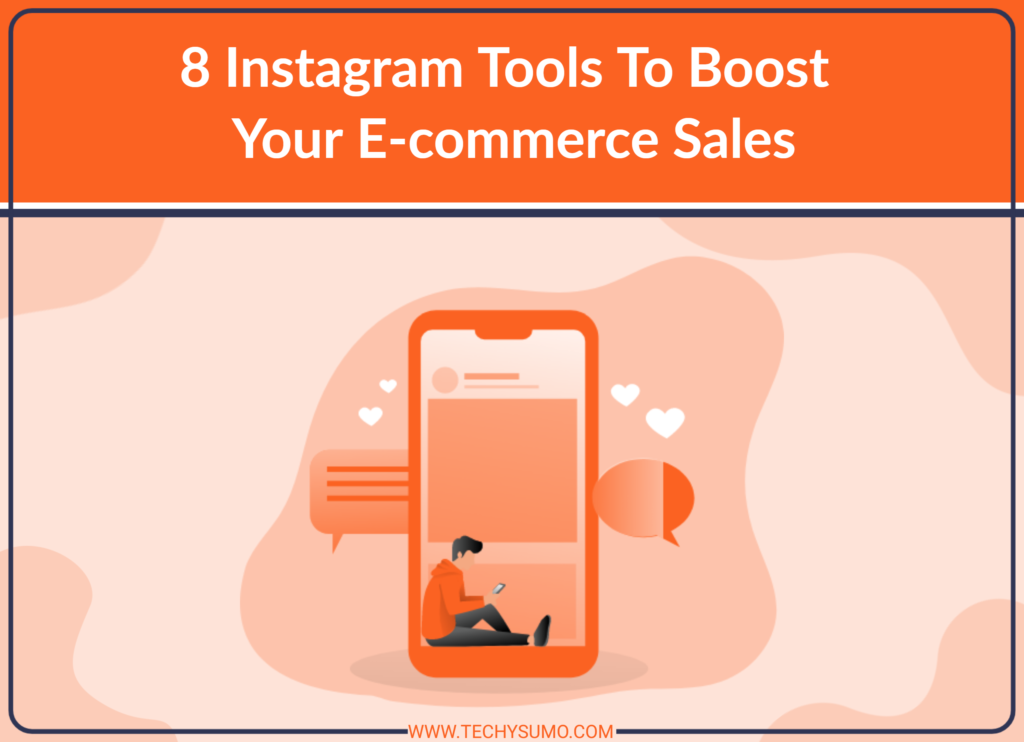One of the biggest factors in your social media success is timing. In other words, learn to schedule your content effectively and you’ll be a master of organic reach.
Table of Contents
Become a Master at Scheduling Content
An effective social media presence is crucial for any business. Whether you’re a startup or an established brand trying to expand your target audience, it’s important not only to have handles on the various platforms—Facebook, Twitter, Instagram, and so on—but to understand how you can employ them for the best effect.
One of the biggest factors in your social media success is a deceptively simple one: timing. When and how often you post will make a massive difference, even if you’re posting the same content. Here plan your business goals, budgets, and marketing campaigns from A-Z on one visually intuitive workspace with a marketing calendar tool.
Below, here are five tips for making scheduling simple.
1. Start with the Most Important Networks and Add Others over Time
You don’t need to jump into posting on Facebook and Twitter and Pinterest and Instagram and LinkedIn all at once. Pick one or two platforms to begin with. Consider which ones would be the most helpful for your particular business.
Also Read
For example, is your business one that relies on visuals and design? Then maybe you should go with Instagram. Or does your business rely on written material and marketing? In that case, you might do better on Twitter.
Then get a handle on how to effectively schedule for one platform by gauging the reaction you get for different content. Afterward, you can start to incorporate more platforms and create a more complicated schedule.
2. Adopt Different Frequencies for Different Platforms
One of the most common mistakes social media managers make is posting the same content across all platforms at the same time. Big mistake.
Depending on the platform, you want to change the time and frequency of your scheduled posts. For example, on Facebook, you’ll only want to post one or two times a day, max. On Twitter, on the other hand, you want to aim for closer to five posts per day.
It’s important to note that posting too much on the wrong platform can actually harm your engagement rates. Therefore, do a bit of research to get some guidelines for posting frequency, and then adjust according to the response you get.
3. Don’t Be Afraid to Use Tools for Scheduling Your Content
Incorporating a social media management tool can make a world of difference. This is because a management tool can help you to schedule posts on multiple platforms at once. Moreover, it will offer content suggestions, provide analytics for your content, and monitor hashtags and keywords.
Especially if you’re working with a team, a tool can streamline your work and save you valuable time. There is an abundance of free tools. However, if you’re willing to invest a bit you’ll generally get more useful ones.
4. Learn the Best Times to Post
Once your content is created and ready to be published, you want to think about the best times to reach your audience. Building up your audience and reaching them at the right time is an art of its own. Properly scheduling posts plays a major role in organic reach.
For example, for Facebook, the best times to post are Wednesdays at noon and 2 p.m. and Thursdays at 1 and 2 p.m. On the other hand, for Twitter, the best time to post is on Fridays between 9 and 10 a.m.
5. Schedule Different Content Types for Different Days
Your brand will have to establish its own publishing style, and a lot of that comes down to content style. You will have to determine which type of content you post and how often. You may even want to do a certain type on certain days. For example, some brands do “selfie Wednesdays,” where every Wednesday they post a selfie by a customer.
There are many different kinds of content, too. For instance, there’s user-generated content, where you highlight real customers and share their product experiences. There’s behind-the-scenes content, where you give tours of your office. Or you can offer creative contests to encourage user engagement. Determine your own approach.
Make Scheduling Content a Vibrant Part of Your Business
These tips should give you a solid place to start with mastering your social media scheduling. Remember, of course, that these are all suggestions rather than hard rules.
The most important thing is to establish your own style and start connecting with your audience. A social media presence should feel more like a relationship with your customers than just advertising, so don’t forget to reply and interact with your audience.
In other words, keep it social! It is social media, after all.






